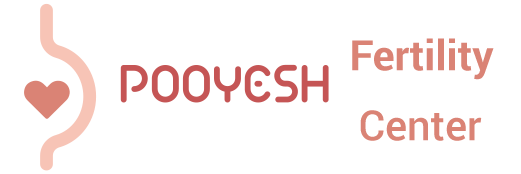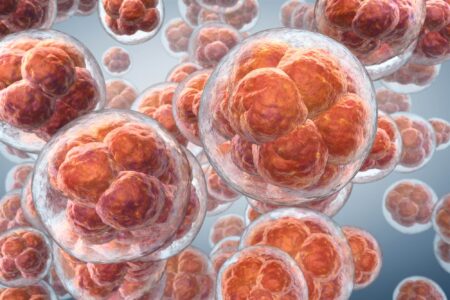In Vitro Maturation (IVM) of Oocytes
In Vitro Maturation (IVM) of Oocytes
In In Vitro Maturation (IVM), immature eggs (oocytes) collected during an IVF cycle are allowed to complete part of their maturation process in the laboratory.
Oocytes are formed during fetal life and remain dormant in the ovaries until puberty. At puberty, hormonal changes trigger one oocyte each month to resume development, mature, and be released. In IVF cycles, however, the goal is to stimulate the simultaneous development of multiple oocytes. For this reason, ovarian stimulation medications are prescribed, and the eggs are retrieved before they are naturally released. Some of the retrieved oocytes may still be immature and therefore not suitable for fertilization.
In the past, such immature oocytes were discarded. Today, with advances in science and technology, these oocytes can be matured in the laboratory — a process known as In Vitro Maturation (IVM).
Other Applications of IVM
- 1 Prevention of Ovarian Hyperstimulation Syndrome (OHSS): In some patients, particularly those with Polycystic Ovary Syndrome (PCOS), the ovaries may over-respond to stimulation medication and produce too many eggs. IVM can help reduce this risk.
- 2 Prevention of Ovarian Hyperstimulation Syndrome (OHSS): In some patients, particularly those with Polycystic Ovary Syndrome (PCOS), the ovaries may over-respond to stimulation medication and produce too many eggs. IVM can help reduce this risk.
- 3 Hormone-sensitive cancers: In certain cancers sensitive to estrogen, IVM can reduce the risk of excessive estrogen production during fertility treatment.
Advantages of IVM
- Requires lower doses of ovarian stimulation drugs
- Lower treatment costs
- Shorter treatment duration
Disadvantages of IVM
- Pregnancy rates with IVM are generally lower compared to standard IVF.

